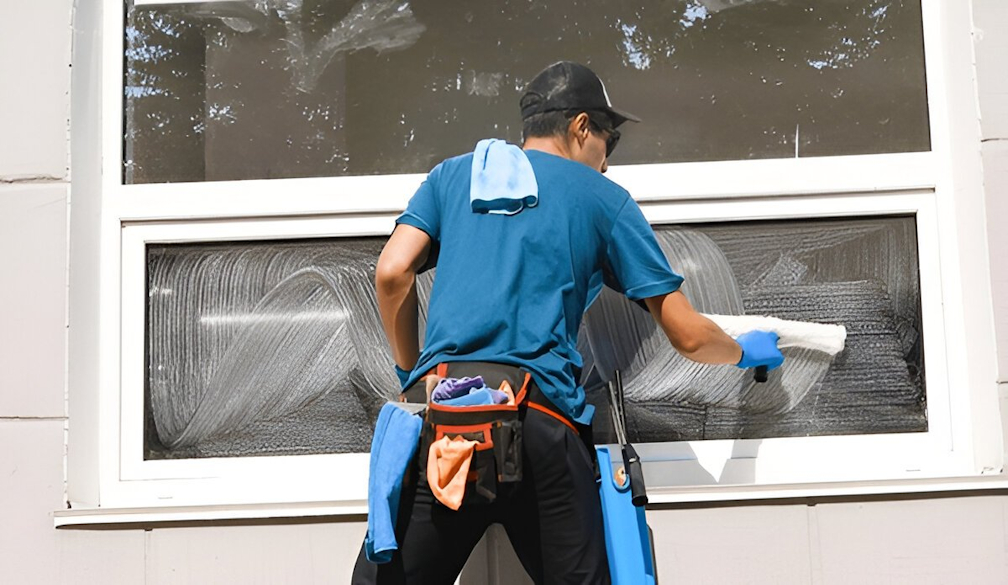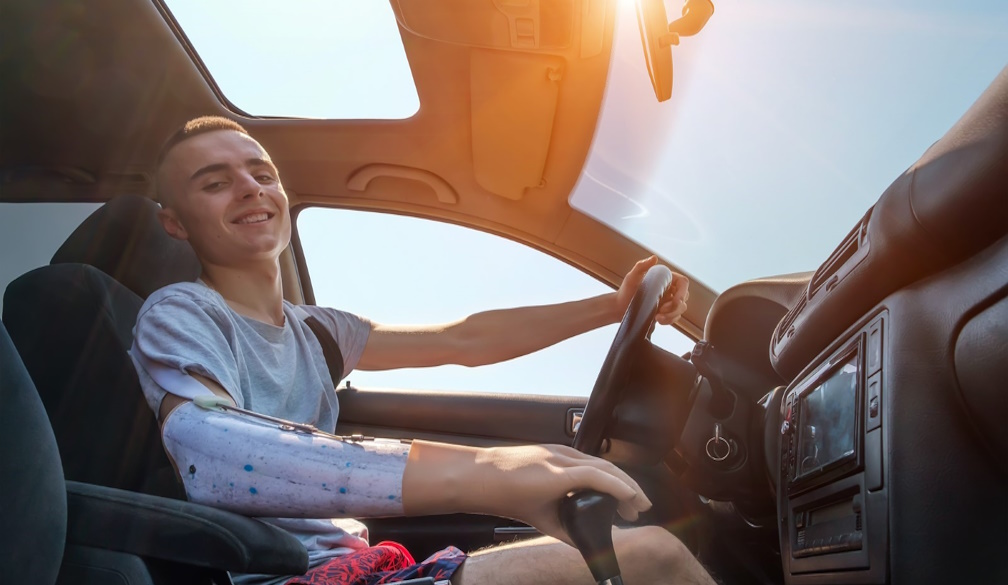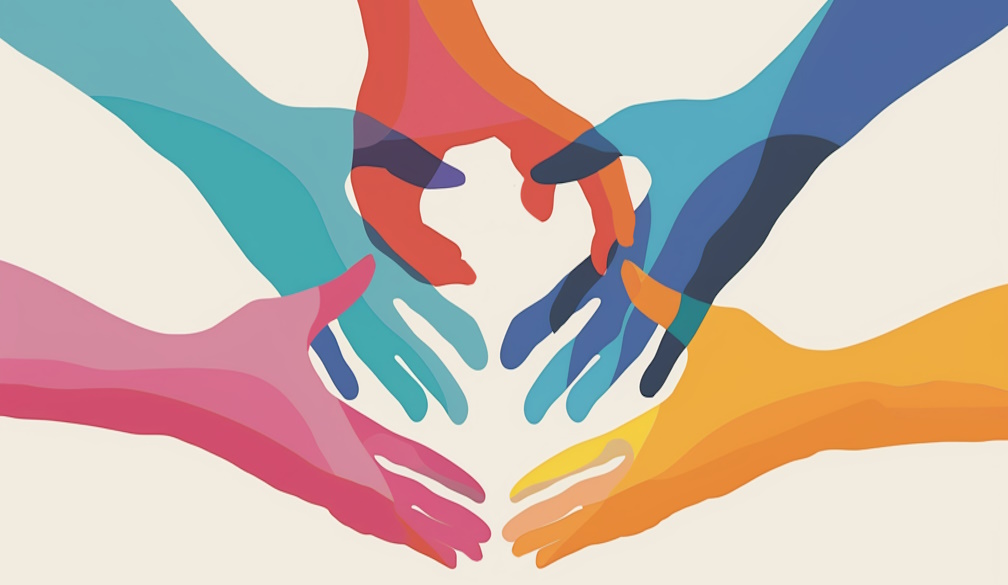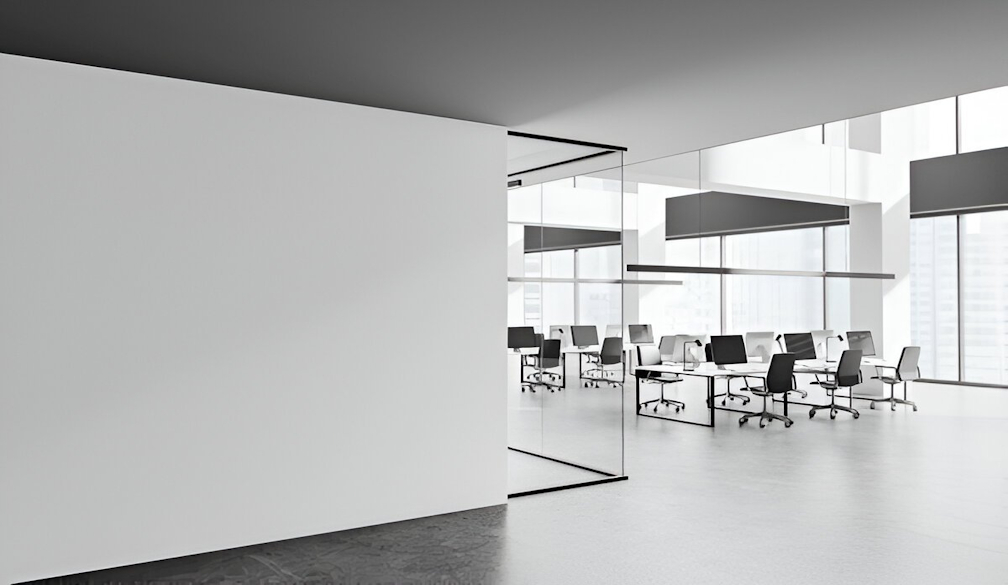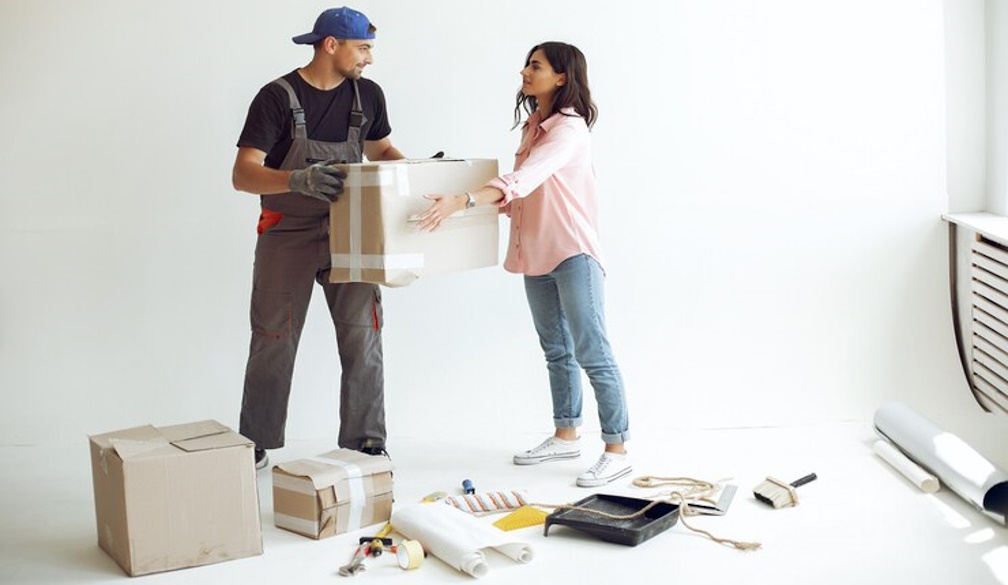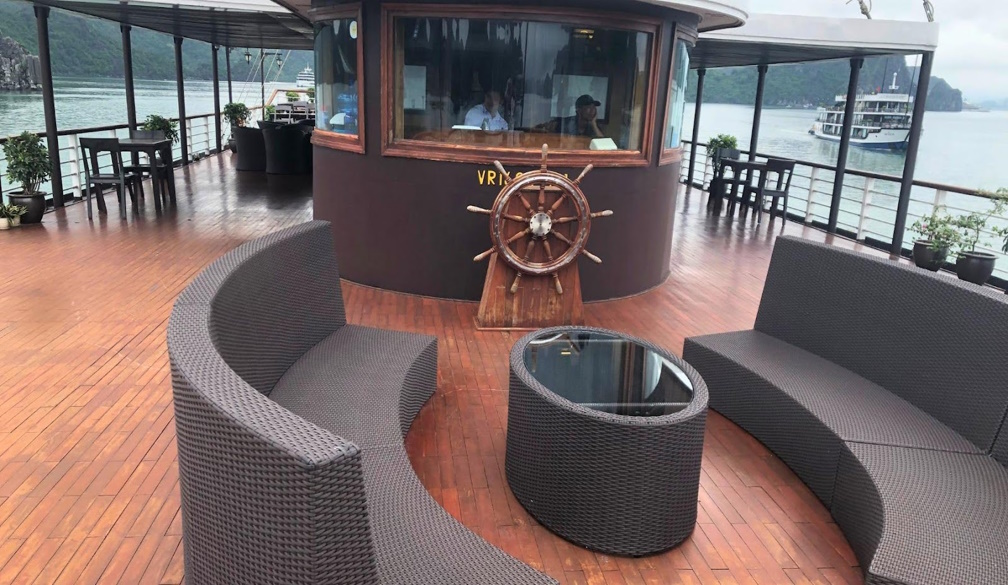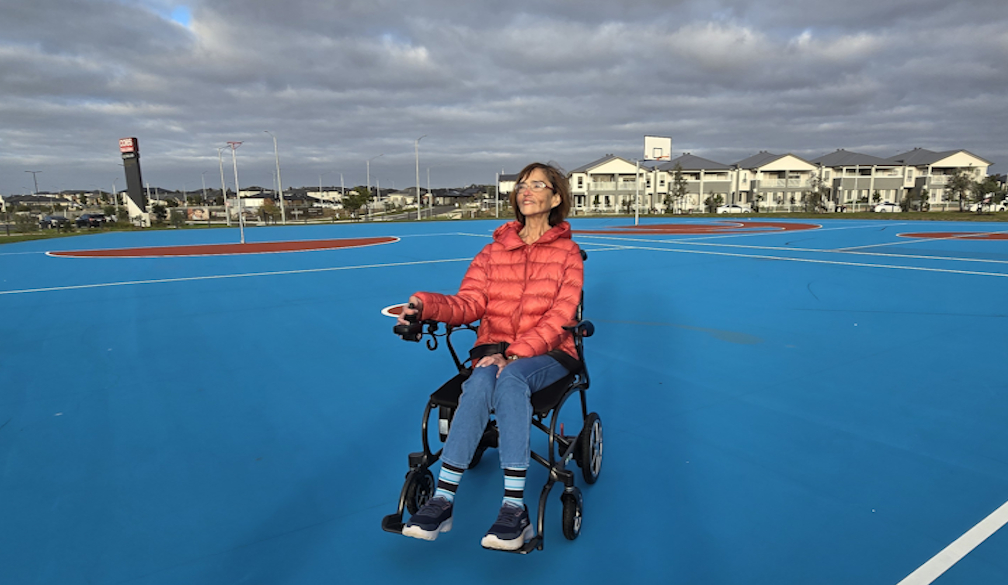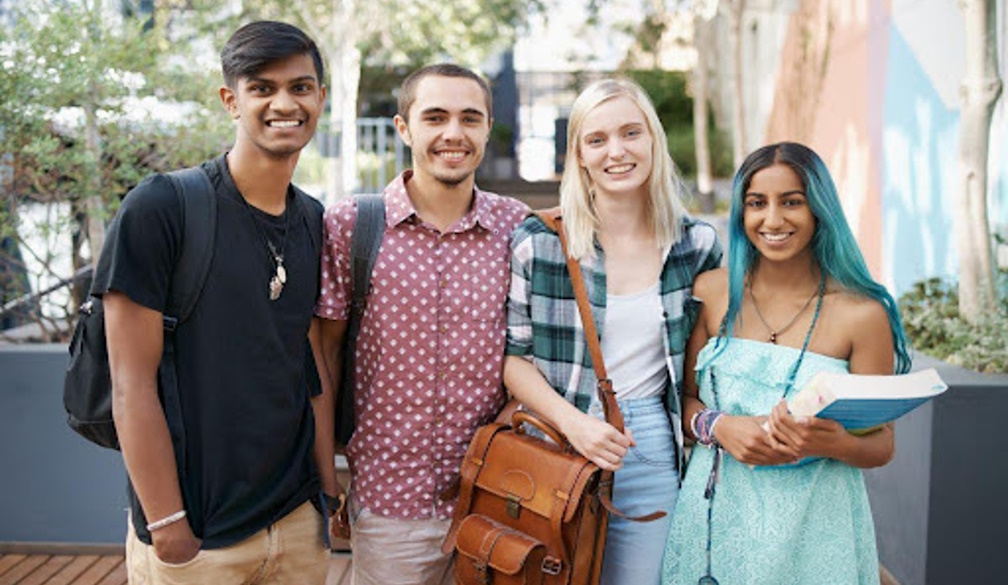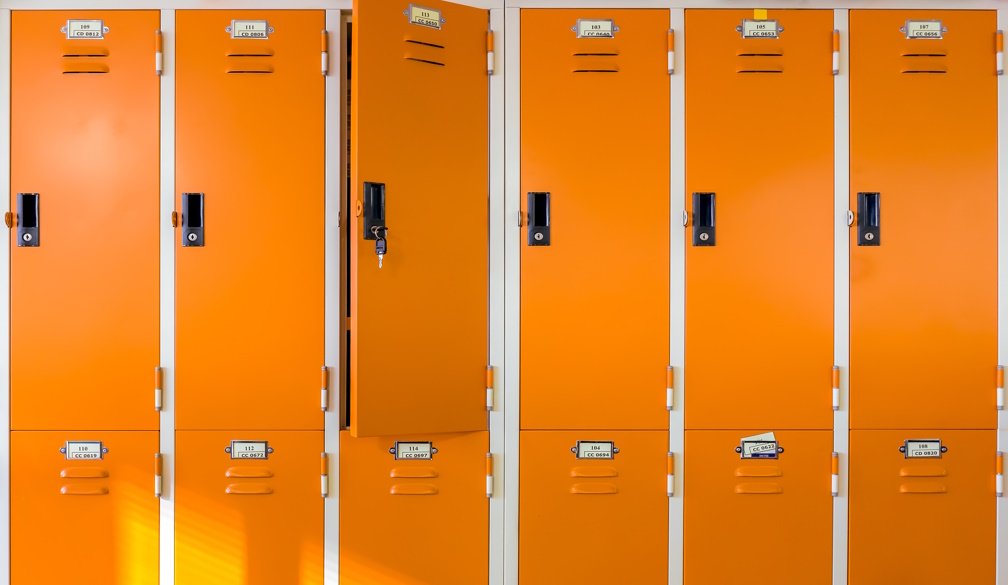Is aggressive hotel isolation worth the cost to fight COVID-19? The answer depends on family size
- Written by Francesco Paolucci, Associate Professor of Health Economics, University of Bologna, and Professor of Health Economics, University of Newcastle
Australia has fared better than most countries in reducing its COVID-19 cases to very low numbers. However, on June 15, new clusters of infection were identified in Victoria. The numbers grew so rapidly that metropolitan Melbourne is back in lockdown and the border with New South Wales is closed.
Lapses in quarantine for people with COVID-19 returning from overseas are believed to have led to community transmission in Victoria. Hotel isolation has been effective in other states.
Read more: Melbourne's lockdown came too late. It's time to consider moving infected people outside the home
However, while incoming travellers to Australia are forced to isolate for two weeks, any onshore patients are only asked to self-isolate at home. Community spread due to a patient failing to comply with the self-isolation rule (or more innocently as a member of a shared household) could easily create multiple new clusters as in Victoria.
So how do the costs and risks of aggressive hotel isolation compare with self-isolation at home? We ran the numbers. Although hotel isolation is more expensive than self-isolation at home, for families of more than five people we found the likely costs flowing from transmission to others would justify hotel isolation.
The recent outbreaks in Victoria, especially in higher-density public housing towers, illustrate the high risk of disease spread within and across households. Ultimately, this transmission can place an intolerable burden on the health-care system, as we have seen overseas.
Weighing up the options
We analysed the economic costs and benefits of forced isolation of onshore patients to help guide decisions on when patients should be forcibly isolated away from the family home. We first considered the cost of the two alternatives when a person is confirmed positive:
home isolation: self-isolating at home where the person may live with other household members
hotel isolation: isolating the person in a hotel room to prevent interaction with other householders.
In hotel isolation, the estimated cost is A$177 per night for accommodation plus A$113.70 per day for food and other essentials. Therefore, the total cost of isolating a confirmed case in a hotel room for a typical isolation period of 14 days would be $4,069.80.
On the other hand, when a confirmed case is asked to self-isolate at home, we need to consider the cost of hospital care for other householders who might contract the virus.
The chance of spreading the virus to other household members, known as the household secondary attack rate (HSAR), is typically between 3% and 15%. But it could be higher depending on the environment and how aggressive the virus is. We assume the rate to be 15% with a household size of 2.6, the average for Australia.
Based on current data, an estimated 20% of cases will require hospitalisation, of which about 25% will be admitted to intensive care units. The average stay in hospital is reported as 16 days (with ten days in ICU) if the confirmed case needs critical care. Otherwise, the average is eight days on wards. The costs of one day in ICU and on wards in Australia are reported as A$5,000 and A$1,800 respectively.
On our calculations, the expected cost of self-isolating a confirmed case and exposing other household members would be $1,248.
This suggests the cost of isolating in a hotel room is significantly greater than for self-isolating at home in an average-sized household.
Household size matters
The household secondary attack rate is highly dependent on factors such as types of activities, duration of event, household ventilation and viral shedding. The rate can be as high as 100%. In other words, the whole household is infected.
Further analysis of the relationship between household size and secondary attack rate shows the cost of home isolation increases greatly and exceeds the cost of hotel isolation when household size is five people or more.
So, the decision on where to isolate an infected person needs to be re-evaluated when five or more people are living in the home. More than 10% of households in Australia have five or more members.
Read more: 'Kissing can be dangerous': how old advice for TB seems strangely familiar today
What does this mean for stopping the spread?
This analysis is particularly relevant to decisions on measures to contain outbreaks such as the isolation of whole buildings, as in Victoria.
The lockdown of public housing towers may be considered a larger case of “home isolation” where density and dwelling sizes may greatly increase the likely household attack rate. The increased risk of infection for individuals within the building or groups of buildings suggests hotel isolation could be both a safer and more cost-effective measure.
Facing the risks of a second wave of COVID-19 infections, the government needs to consider multiple measures to control the spread of the virus. Although our findings show the cost of self-isolating a patient in his/her home is cheaper than a hotel room on average, this is not the case for all household sizes. Strategies such as testing, isolation and contact tracing, including use of the COVIDSafe app, can play a crucial role in the broader control of COVID-19.
Authors: Francesco Paolucci, Associate Professor of Health Economics, University of Bologna, and Professor of Health Economics, University of Newcastle




